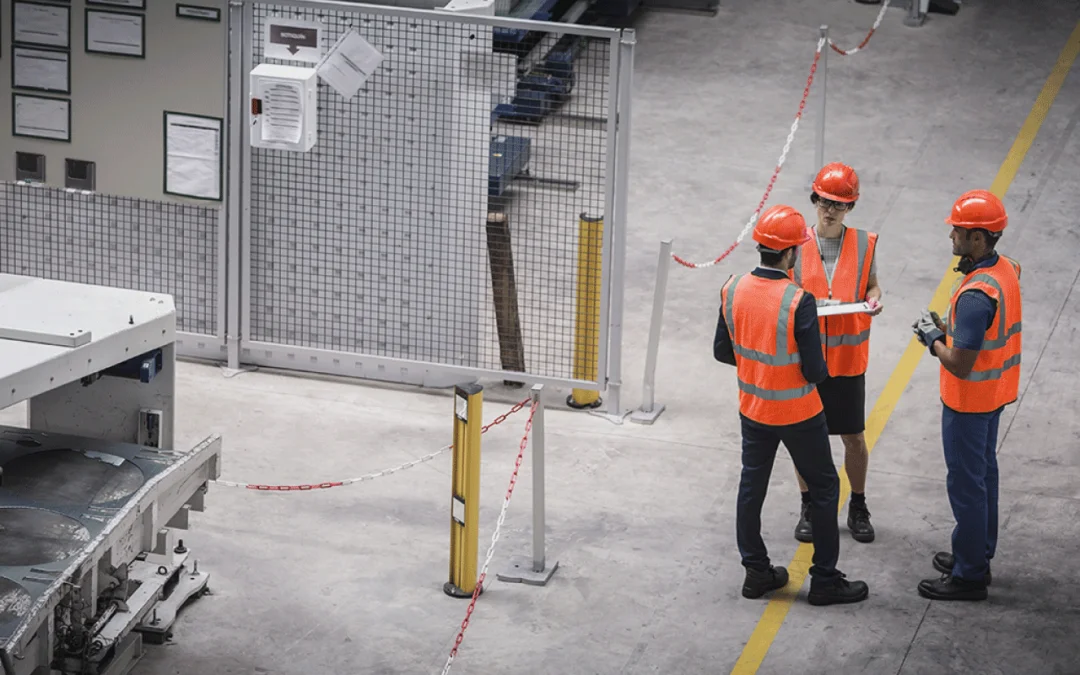What is Lean? How to make your project a success?
Although Lean is now well known and used in the language of many business sectors, providing a synthetic and relevant definition of the term Lean remains rather tricky. In fact, despite its international spread following its introduction by Toyota in the 1950s, the concept of Lean is still fairly difficult to master and has little staying power in companies that try to deploy it.
Lean is defined as an organisational logic and a management system designed to create value for customers, eliminating everything that is unnecessary within a process, such as waiting times, rework, overproduction, superfluous journeys… In short, everything that can be described as wasteful and penalises cycle times.
The origins of Lean
The term Lean was coined by James Womack and Daniel Jones (MIT) in 1980, following a study comparing Japanese automotive industrial performance with that of the United States and Europe.
The production system set up by TOYOTA in Japan appeared to be the most efficient of any other industrial system. From the 90s onwards, this production system became the benchmark. Today, a large number of companies have defined their own system, but each time, it is a rewriting of the Toyota model.
Lean objectives
Lean has 3 objectives:
- Focus on customer expectations and the value to be created to satisfy them
- Improve your company’s performance by eliminating ‘waste’ in your processes
- Take account of employees’ needs by increasing fluidity, flexibility and agility.
Lean’s initial focus was on industrial production, but it quickly spread beyond this area to cover all production support functions (methods, stock management, quality, maintenance), the development and industrialisation of new products, purchasing, etc.
Today, Lean also covers the services sector and all the support functions such as HR, Finance, General Services and commercial functions (Sales, ADV, call platforms, etc.).
How to make a success of your Lean project?
Lean is a pragmatic and simple approach, and it’s probably because of its subtlety that it’s difficult to understand its deeper meaning and its full significance. Companies are often mainly interested in ready-to-use Lean tools such as :
- The 5S,
- Flow analysis
- SMED
- etc.
Many companies try out the tools, but after a while the initial enthusiasm gives way to scepticism and disappointment, because the results are slow in coming and the changes take time to be reflected in everyday life.
In other cases, resistance to change on the ground is virulent and the feeling of pressure takes over from the real improvement in activities. Integrating Lean must therefore be an integral part of every manager’s management method, as it will allow the approach to become part of the corporate culture, thereby limiting the risk of negative perceptions and confusion.
Structuring the implementation of the Lean approach
A company operates by implementing and improving a set of processes that enable it to obtain a result, an output, through a series of transformations:
- Design process -> that transforms an idea into a marketable product or service,
- Purchasing process -> that transforms a need into a product,
- Manufacturing process -> which transforms a raw material into a finished product, etc.
Everything is a ‘process’, and this is also true in the support or tertiary activities that transform data into information, information into decisions, etc.
A project is the process of transforming an idea or a need into a result, hence the need for dynamic project configuration and interfacing with other processes, demonstrating our ability to work effectively across all customer functions.
The importance of the management system
In implementing a Lean approach, the manager must adopt the posture of a leader who motivates and supports his or her employees by their ability to increase their skills and solve their day-to-day problems independently. This requires a change in mentality and behaviour in managerial functions, based on the fact that ‘the most important person in the company is the one who produces for the customer’.
Lean improvements are largely driven by operational staff, who develop a problem-solving culture, the aim being to support them so that they become more proactive and autonomous. These transformations must be decided, led and supported by management, with the following roles:
Field team: Taking an active role on sites / Managing quality / Reporting waste / Respecting processes and standards
Managers: Steering performance with teams and ensuring compliance with standards / Promoting problem-solving methods / Setting the standard for continuous improvement
Management: Identify needs for improvement vs. strategy / Request new projects / Provide resources / Validate proposed solutions / Encourage and challenge results.
Far from being a lever for redundancy plans, Lean management is a means of highlighting the good people who could become leaders, of giving meaning, autonomy and a permanent challenge that helps teams to develop their skills. What’s more, the method is implemented with all the staff, whose support and confidence in the objective being pursued are an essential condition for the success of a Lean approach.
Based on several years’ experience in deploying Lean approaches within several CAC40 groups, we are particularly well aware of the impact that our solutions can have on your Lean approach. There’s nothing like combining new IoT tools with traditional principles to make this approach part of your corporate culture.
From this observation, we have always kept in mind the need to develop simple but automated tools for non-value-added tasks, taking into account the technical and human constraints in the field. Our tool is not intended to replace a global production management system, but to complement it.
We have carefully selected the functionalities, available in an ergonomic interface, that we think will be most useful to operators and their superiors in supporting your management system in achieving your performance objectives.



0 Comments